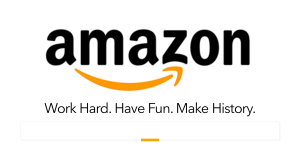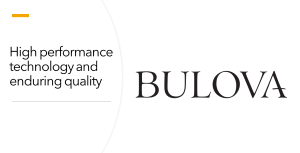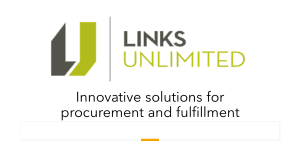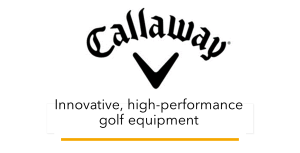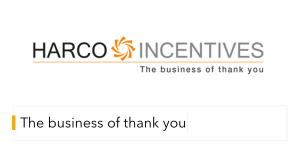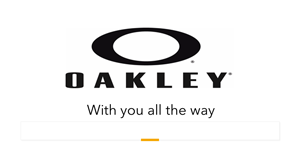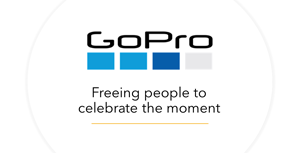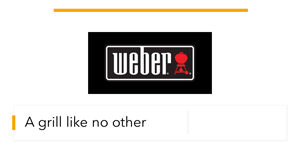Wellness Incentive 'Optum'-ization

By Ira Ozer
In the April 23, 2015 online edition of Employee Benefit News, Richard Stolz authored an article about the increasing use of incentives in wellness programs as a means to create “urgency for results.” He cites new research from Optum (a division of UnitedHealth Group) that indicates programs offering incentives “rose to 87% last year, up from 77% two years ago” and that approximately 64% of programs also target families and behavioral/mental health in addition to physical fitness. Clearly, having a culture that supports overall wellness, along with the use of incentives and other components, is critical to driving employee participation and engagement.

KEY OUTCOMES
Optum’s study was based on responses of 545 employers that offer wellness programs. Of these, 60% had at least 3,000 employees; 20% had between 100 and 2,999; and 20% had fewer than 100. The study drilled into the details of program incentives – here are some highlights:
-
64% of large employers offer incentives to employee family members.
-
The most prevalent (used by at least 79%) incentive-eligible wellness programs feature health biometric screenings, health or fitness challenges, health risk assessments and tobacco cessation.
-
Between half and two-thirds of employers also provide employee incentives for utilization of wellness coaching, a health & wellness website, health advocacy service, disease management programs, onsite fitness and medical centers and healthy pregnancy programs.
-
The most prevalent incentive mechanisms include company contributions to HSAs, HRAs or HIAs (38%); health premium reductions (34%); and gift cards (29%).
-
The average value of incentives is $414, although 24% offer incentives in the $500-$999 range, and 11% provide incentives worth $1,000 or more.
-
The largest proportion of firms (57%) offer incentives for employees to complete a wellness program, while 47% incent employees just to enroll in a program. Achievement of a specified health outcome is rewarded by 43% of employers (up from 37% in 2012).
-
Only 16% of employers use cash incentives.
-
Although employee physical health is the dominant (96%) focus of surveyed wellness programs, nearly two-thirds (64%) also target on behavioral/mental health. About one-third of employers also target financial (35%) and social health (31%).
THE EXPERTS WEIGH IN
With the Optum study as a backdrop, we asked several wellness industry experts to share their thoughts about the research and the significance for developing better wellness programs using incentives most effectively:
Jeff Croy, CEO of YoFi, a company that provides health and wellness online education, emphasizes that it’s important that people actively participate and not just learn, so incentives should be offered for taking exercise classes, getting flu shots, attending smoking cessation and weight loss programs. YoFi has recently launched a “WellRewards” program in conjunction with Certif-a-Gift that integrates a cumulative award points currency redeemable for merchandise awards, along with the YoFi’s modular video education segments to increase engagement and ongoing participation.
Richard Lungen, CEO of Leverage Health notes that “wellness programs that incorporate gaming and social approaches often mobilize people who are already healthy or highly engaged in the management of their health. Although these solutions fill needs for their customers, we’ve also heard from health plans and employers seeking solutions to engage employees with chronic or more complex conditions.”
Wellness solutions are adopted by 84% of employers, yet more engagement in primary and chronic care is needed. This requires more than intrinsic motivation or peer support; it requires a combination of evidence-based programming and guidance from an expert who can address personal, physical, and emotional challenges. “In our search for a capable partner,” says Lungen, “we identified Vida, whose breakthrough capabilities create a ‘concierge’ experience by matching people with the right coaches and content to maintain accountability and achieve health-related goals. Vida’s network of experts can address more than 20 conditions and deliver successful results through 50 evidence-based clinical programs. Solutions that blend together curated, high-performing provider networks and engaging technology are raising our expectations for what is possible in complex care.”
Mark Hall, CEO of United Preference, a health incentives company that loads incentive dollars onto proprietary branded MasterCards that can only be spent with select health-related product & service retailers (including CVS, GNC, Whole Foods, Sports Authority, Jenny Craig/Curves and several other leading retailers), explains that this guarantees that 100% of incentive dollars are spent/directed towards health- and wellness-related retailers exclusively. “Unlike incentives offered as Health Savings Account (HSA) contributions, these dollars actually feel like incentives for the individual employees, and have demonstrated over 90% employee satisfaction,” he says. Hall notes that according to a March 2015 report from Fidelity Investments & the National Business Group On Health, corporations will pay about $693 per employee for wellness-based incentives this year, compared to $594 last year, and jumbos (20,000+ employees) will spend $878, up from $717 in 2014. “In other words, employers spend over $70 billion annually to incent healthy behaviors/participation in wellness programs, but what’s interesting is that less than half of all employees (47%) will realize their full incentive. And since employers are only spending $20-$25 billion on the health/wellness programs themselves (i.e., less than one third of what they are spending on incentives), the $70 billion being invested/spent on incentives should have an impact beyond just trying to get people to do participate by actually providing health benefits.”
DRIVING PARTICIPATION
Hall adds that in a formal study with Independence Blue Cross, in which United Preference’s Healthy Lifestyle Incentives were used to drive participation in a nutrition program within a population of primarily overweight & obese employees, United Preference found:
-
They were able to motivate continuing behavior change and reduce program attrition (people dropping out of the program altogether) by over 15%.
-
They were able to provide Independence Blue Cross far greater program transparency in terms of where funds were spent, when they were spent, and in which retailer/goods & services categories vs. simple premium reimbursements, which provide no data/information on how incentives are used.
-
Compared to traditional prepaid cards in which approximately 30% of incentives/rewards go unspent and are thrown away to charge off fees, United Preference was able to track and provide data on unspent funds, whereby employers can recoup unspent funds annually to improve the program ROI or to be invested in programs the following year.
-
Employees were three times more compliant receiving Healthy Lifestyle Incentives from United Preference incrementally throughout the program, compared to more traditional incentives where employees receive rewards/incentives at the end of the program.
Ira Ozer, CPIM, CRP, is president of Engagement Partners, a consulting company that assesses companies’ needs for improved engagement and then recommends the best strategy, solutions, services and suppliers to achieve improved business results. He is also Vice President of The Engagement Agency. He can be reached at (914) 238-2220 iraozer@engagementpartners.com
 By Ira Ozer
By Ira Ozer







